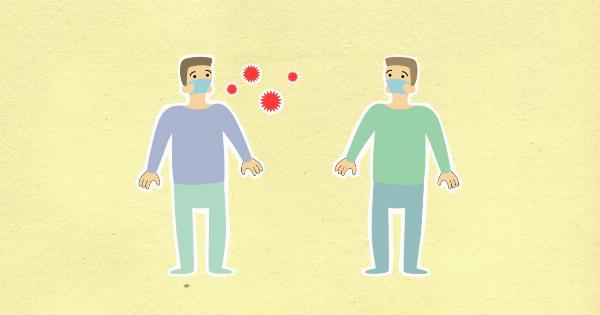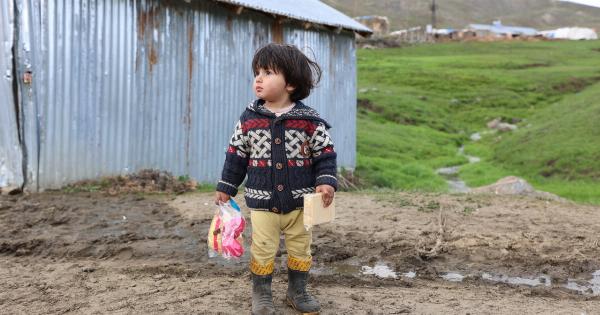In the wake of the ongoing COVID-19 pandemic, understanding how the virus attaches to our bodies is of crucial importance. The length of time it takes for a virus to attach varies depending on various factors.
In this article, we will explore the attachment process of viruses and the factors that influence this critical stage of infection.
What is viral attachment?
Viral attachment, also known as viral adsorption, is the initial stage of the viral infection cycle. It involves the binding of viral particles to specific receptors present on the surface of host cells.
This attachment step is vital for the virus to gain entry into the host cell and initiate infection.
Factors influencing viral attachment time
The time it takes for a virus to attach can vary based on several factors:.
1. Specificity of viral receptors
Viruses can only attach to cells that have specific receptors matching their surface proteins. The presence or absence of these receptors on host cells determines the virus’s ability to attach and infect.
If the virus encounters a suitable receptor, the attachment process can occur almost instantaneously.
2. Concentration of viral particles
The concentration of viral particles surrounding the host cells can influence attachment time. Higher viral particle concentrations increase the likelihood of attachment, leading to a faster attachment process.
3. Host immune response
The host’s immune response can affect the attachment time of a virus. Immunoglobulins and other immune molecules in the bloodstream can neutralize viral particles, preventing attachment and subsequent infection.
4. Interference from antiviral drugs
Antiviral drugs can interfere with the attachment process by blocking the interactions between viral particles and host cell receptors. They can significantly prolong the attachment time or even prevent it altogether, inhibiting viral infection.
5. Environmental conditions
The surrounding environment can impact the attachment time of viruses. Factors such as temperature, humidity, and pH levels can alter the stability and infectivity of viral particles, thereby influencing their ability to attach to host cells.
6. Viral load
The viral load, which refers to the amount of virus present in an infected individual, can affect attachment time. Higher viral loads may lead to quicker attachment as there are more viral particles available to interact with the host cells.
7. Host factors
The health and physiology of the host can play a role in viral attachment time. Certain underlying medical conditions or genetic factors may affect the expression or availability of viral receptors, either slowing down or speeding up attachment.
8. Virus-specific characteristics
Each virus has unique characteristics that can influence attachment time. Some viruses have specific mechanisms to facilitate rapid attachment, while others may rely on chance encounters with suitable receptors.
9. Route of transmission
The route through which a virus enters the body can impact attachment time.
Different routes, such as respiratory droplets, direct contact, or contaminated surfaces, have varying attachment efficiencies, affecting the time it takes for the virus to attach to host cells.
10. Variability between individuals
Individual variation in immune responses and genetic factors can lead to differences in viral attachment times. What may take longer for one individual may be faster for another, depending on their genetic makeup and immune system.
Conclusion
The time it takes for a virus to attach can vary based on multiple factors, including the specificity of viral receptors, concentration of viral particles, host immune response, interference from antiviral drugs, environmental conditions, viral load, host factors, virus-specific characteristics, route of transmission, and individual variability. Understanding these factors can provide valuable insights into the infection process and help in the development of effective preventive and therapeutic strategies against viral diseases.





























